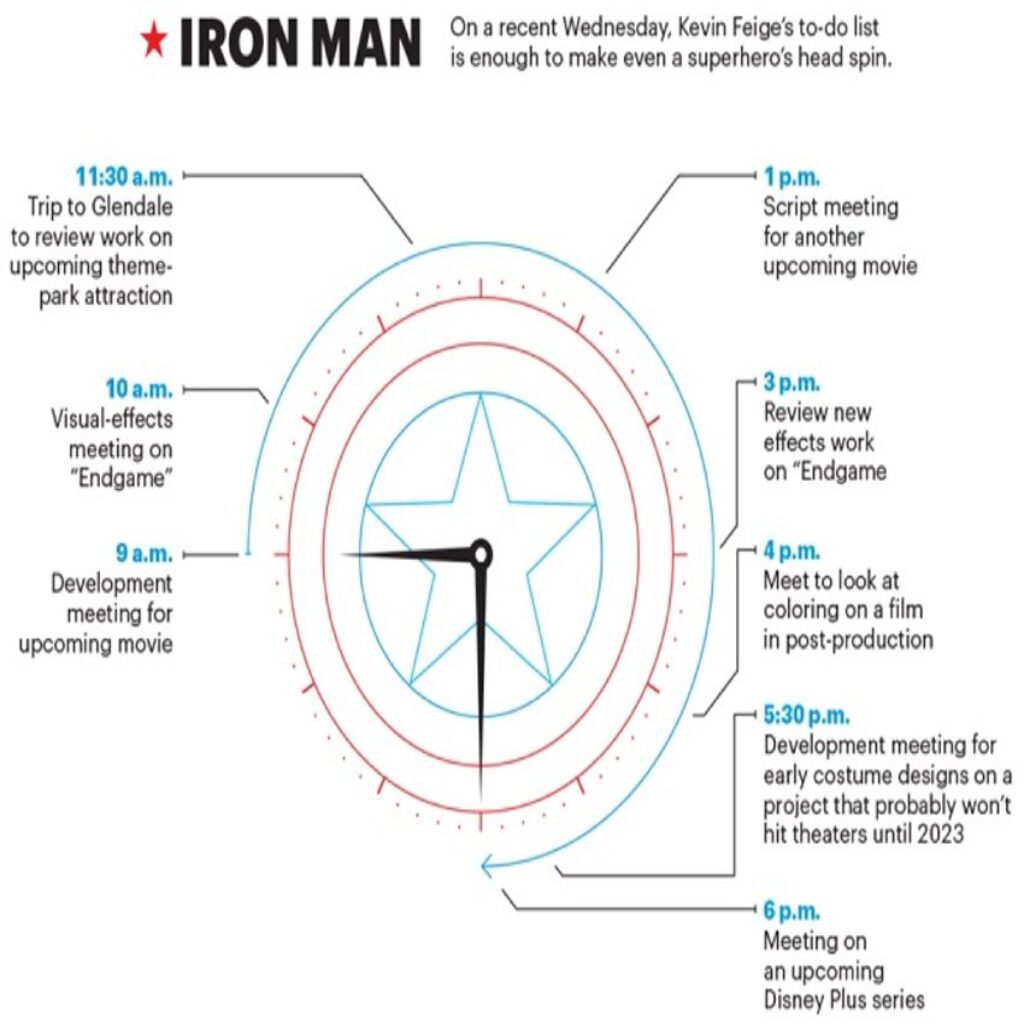Avengers: Endgame landed in theaters at the end of April, breaking nearly every box office record and bringing in an astounding $1.2 billion dollars worldwide in the first 4 days. Put another way, that’s 4 out of every 5 tickets sold in the US in the film’s first weekend. (Worldwide, the current #1 box office champion is Avatar which stands at $2.788 billion worldwide but that record is in the crosshairs of Thanos’ Infinity Gauntlet.)
The Marvel Cinematic Universe (MCU) celebrated a 22-film story-arc this weekend with the release of Avengers: Endgame that, when it is all said and done, is 59 hours and 7 minutes long and took fans on an eleven-year ride. How do you keep fans’ attention for that long in a world where we as marketers are looking at campaigns that utilize 6-second video ads? You do it with compelling storytelling—storytelling that focuses on the long-term game (macro-transactions) instead of short-term gains like opening weekend box office records (which might be considered a microtransaction). Ticket sales are a part of what Marvel does, but it isn’t the root of what breaks box office records. For brands that pay attention, there are 3 key takeaways to be found in the MCU and from Avengers: Endgame.
“You can see where you are going, but how are you going to get there?” Hawkeye
Content Assemble!
In order to play the game the way it has been for the past 11 years, you need to have a plan. Getting up on a Monday and thinking “we should make a video today” is not going to work. It isn’t going to work when you are reacting instead of acting. Catching lightning in a bottle takes planning, not a wing and a prayer. You need a calendar; you need themes / tent poles around which you build your content. For MCU they build around Iron Man, Thor, Captain America, and The Avengers. These foundational themes make up 12 of the 22 MCU films and the other ten feed into these major parts of the brand. Kevin Feige, president of Marvel Studios, heads up this ninja level planning and in this interview with Variety he talks about how many projects they have going on at one time all landing at different times and what a schedule like that might look like:

In this illustration, we see one single day with 8 different projects being developed, shaped, edited, or shipped. If you want your brand to operate at a higher level of content creation it must happen this way, with a view of all the interrelated items both on-theme and off. Your schedule will look different than Kevin’s and instead of a billion dollar movie franchise, your content might look more like a 4-minute short that later gets cut into four 1-minute videos and turned into a blog post, that gets shipped out as a series on Instagram, which get turned into a behind-the-scenes for Instagram stories, and then an audio podcast companion for people who are commuting, which turns into some earned media with your local TV or radio stations. But your moving parts need more planning than you are currently putting into them.
The Hero Stands Alone
One of the core principles of what the MCU is creating is that each movie is able to stand on its own while connecting to the larger story being told across all 22 movies. Your content should adopt this principle as well. Each piece you make should stand on its own, assuming your fans do not have the time or interest to consume everything you make in order to have full understanding. They will however consume some of what you make, and those pieces should work by themselves while exciting your fans to move around your universe to engage with other content. Your fans have an expectation that your brand will be there to answer questions and content is a fantastic way for you to do that and the reason the content should stand on its own. For example, if you look at how Lowe’s leverages their expertise in home improvement on YouTube, you will find nearly 1,000 videos that range from painting to installing a garbage disposal. Lowe’s fans can enter the ecosystem, watch the “How to paint a room” video, and leave because that piece stands on its own. They don’t have to watch all the Lowe’s videos in order to have their question answered. Still this single video remains part of a larger story of how to create your own space with the help of Lowe’s.
Stop making disparate pieces of content that don’t connect, they create a less than stellar customer experience and don’t build towards the larger story.
Your Biggest Fan
One of the ways in which Avengers: Endgame builds connections is that the movie works on different levels for different people. It creates a story that those with only a cursory understanding can enjoy (it stands alone), there are parts of the story for fans who enjoy the comic books (the source material), and it also pays off for the fans who have consumed all 22 films over the past decade. That level of attention to detail is not only to sell seats at a movie theater, it is to create content for the fans. Yes, breaking box office records is amazing because it serves the bottom line for Marvel and Disney while allowing Marvel to make more movies for the fans, but they didn’t begin with the box office record as the goal. They started with a goal of creating something for the fans to celebrate, because they knew this celebration would be what smashes the box office records. Your content should be built on the same understanding on what your customer will celebrate, what your customer is a fan of, and what your customer needs. If you create content that only focuses on your message (e.g. “how to sell more widgets”) you are creating commercials, not content. You are creating a moment of interest, instead of developing engagement. There is certainly a place for commercials, but outside of the Super Bowl your fans do not share commercials they share story-driven content.
Fans of the Marvel Cinematic Universe (MCU) are celebrating this week but if we rewind the clock back to 2008 when the original Iron Man hit theaters there was no guarantee this was going to work. But the team knew where they wanted to go, the job was to prep, plan, execute on how to get there. Now it’s time for you to assemble your own team and create something your fans can get excited about.
INDUSTRY INSIGHTS
Blog Posts
How Weather-Based Advertising Keeps Your Crews Busy Year-Round
Content & Creative
Discover how weather-triggered digital advertising helps home service companies reach customers when demand is highest and keep leads flowing all year long.
Why Local Visibility Is the Lifeline of Every Home Services Business
Content & Creative
Learn how home service companies can boost leads through local visibility on trusted news and information sites like MLive.com.
6 Proven Marketing Tips to Keep Your Home Services Business Growing
Content & Creative
From local SEO to weather-based ads, discover six marketing tips that help home service companies attract more leads and keep their crews busy year-round.
WE'RE HERE TO HELP
Grow Your Business
The MLive Media Group of today drives Michigan businesses to greater success. Contact us with any opportunities for us to help you.


 Ad Choices
Ad Choices
